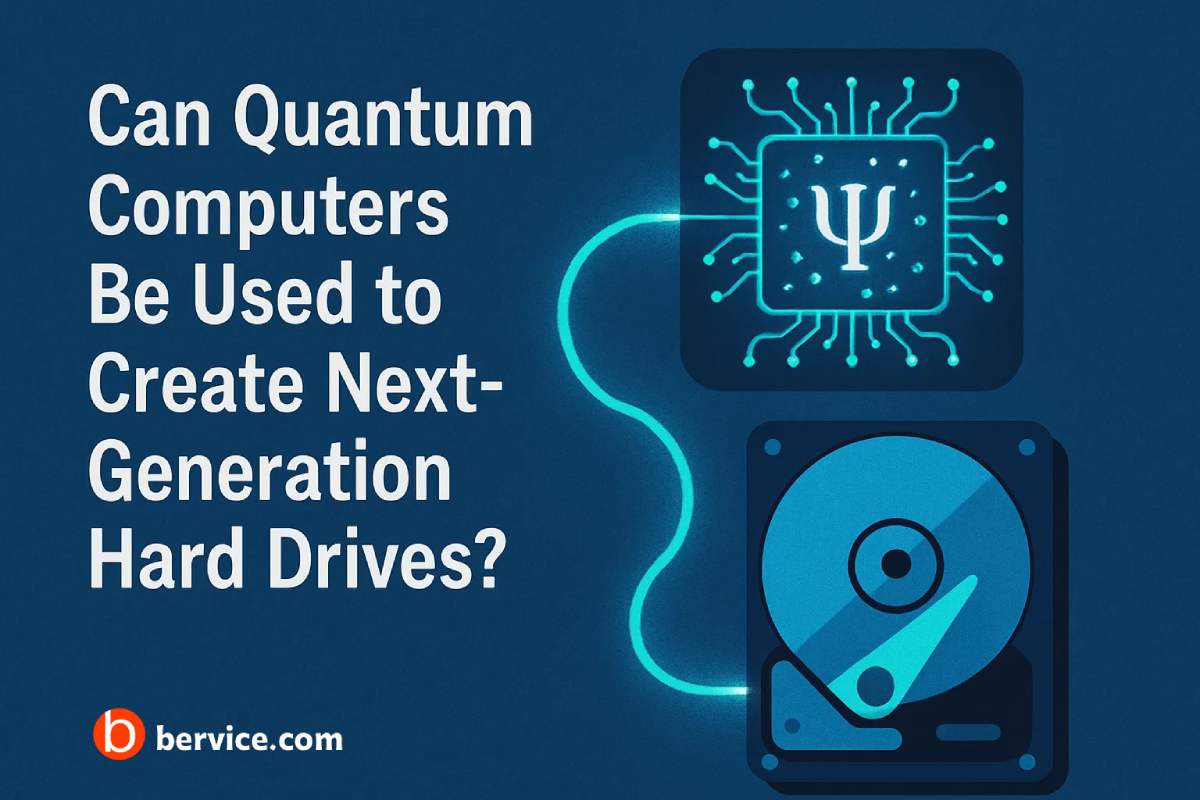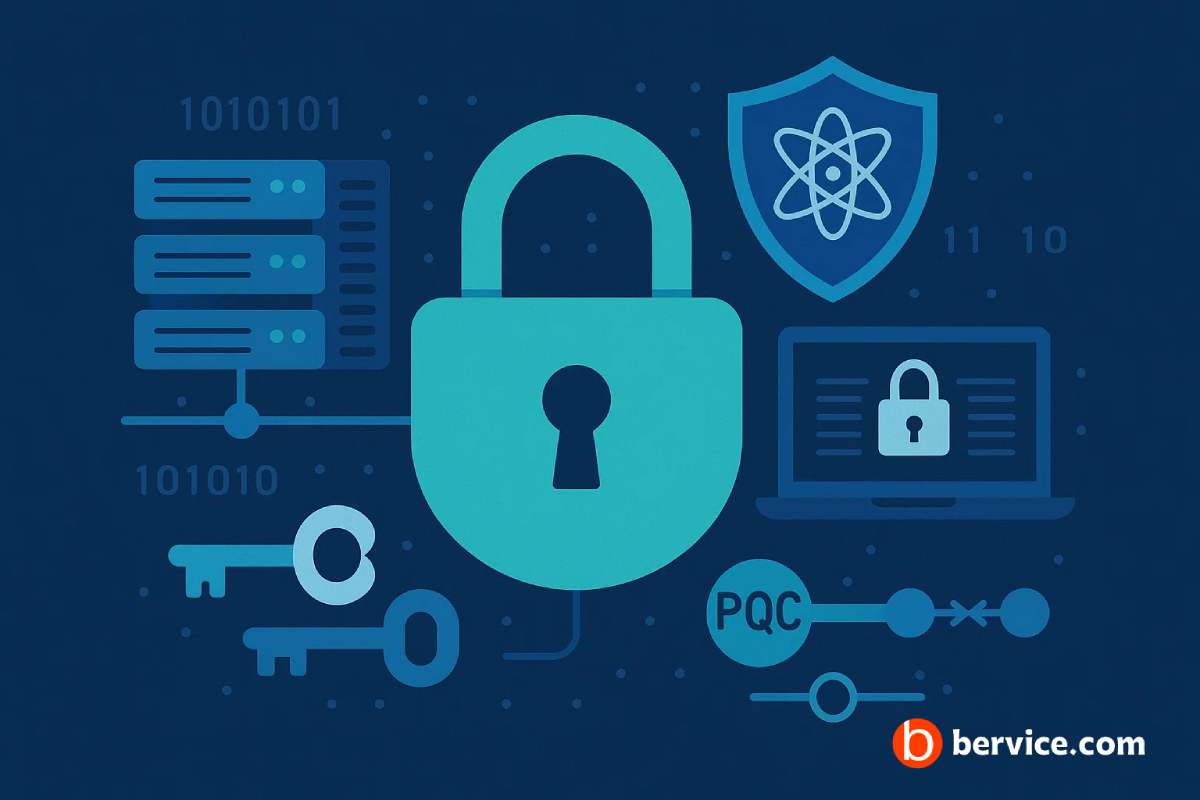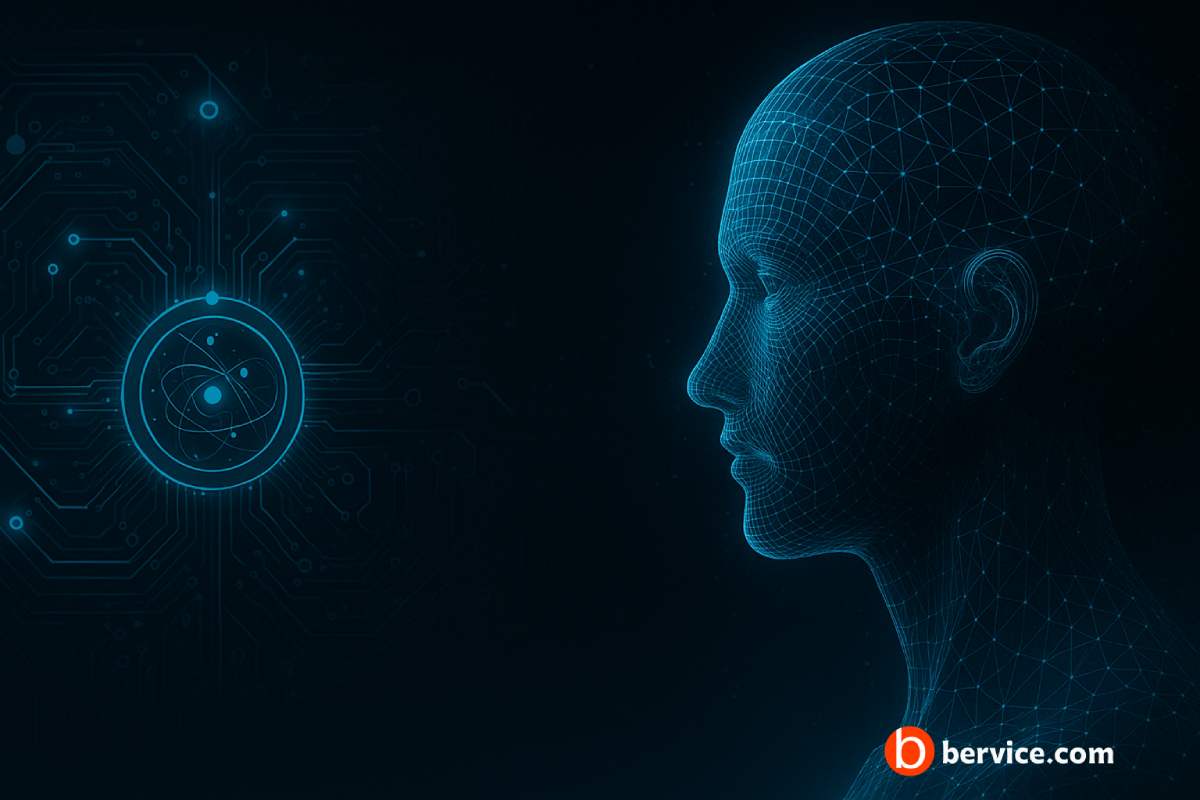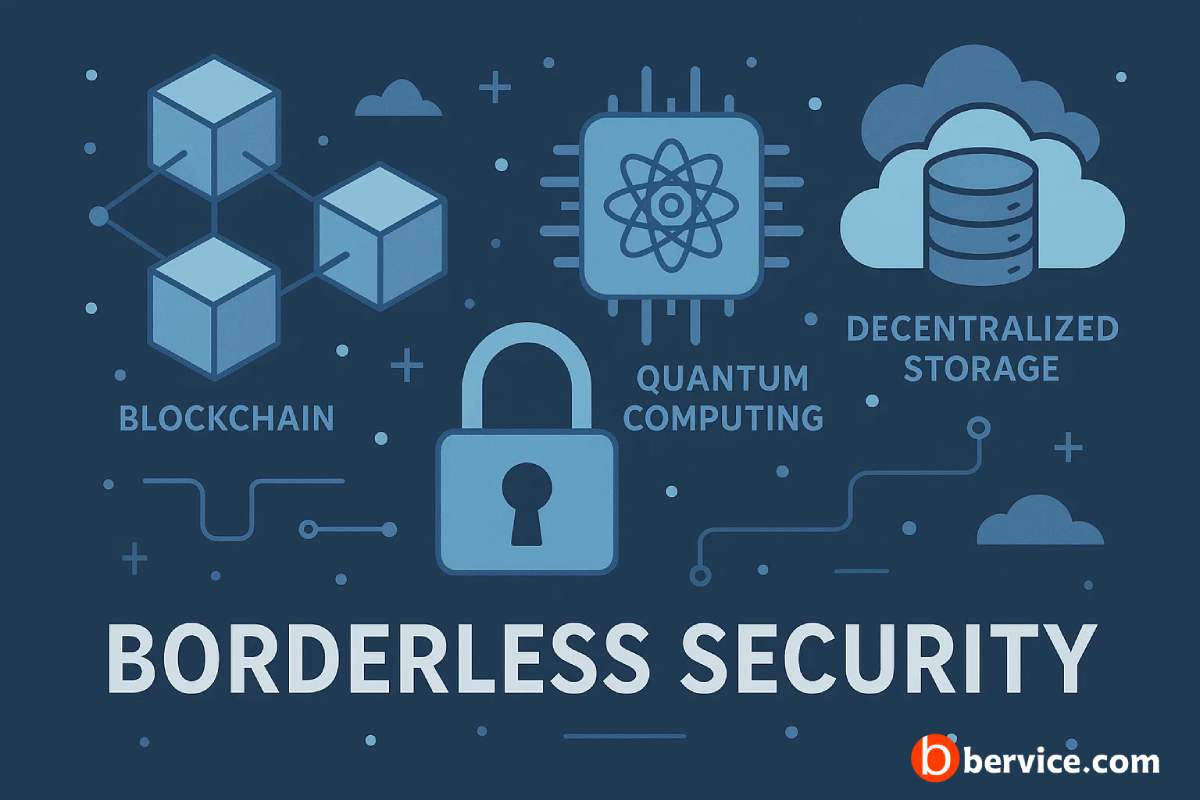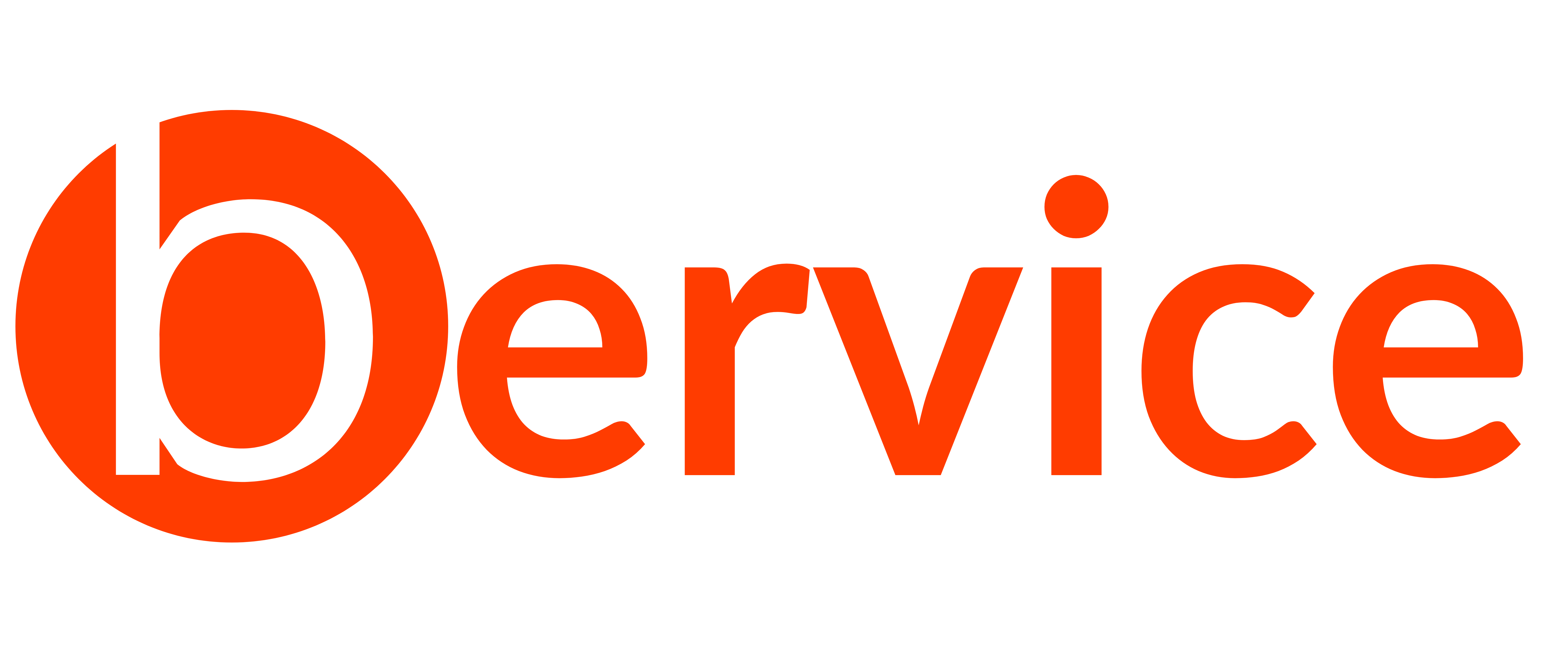
Data storage is an essential part of our digital world. Every time you save a file or upload a picture, you are using a system that stores your data. In this article, we’ll break down the key differences between traditional centralized data storage and decentralized (blockchain) data storage, helping you understand their unique benefits and challenges.
What is Traditional Centralized Data Storage?
In a traditional centralized system, all your data is stored in one central location. Key characteristics of this model include:
- Central Authority: A single organization or company (e.g., a cloud provider or bank) controls and manages the data.
- Single Server or Data Center: Your data is stored in a limited number of servers, often in a large data center.
- Control and Management: The central authority has full control over the data, deciding who can access or modify it.
- Vulnerability: If the central server is hacked or fails, data could be lost or compromised.
- Efficiency: Centralized systems are generally fast and efficient for everyday tasks, thanks to optimized management in one place.
What is Decentralized (Blockchain) Data Storage?
Decentralized data storage distributes data across multiple nodes (computers) in a network, with blockchain being one of the most popular decentralized technologies. Here’s how it works:
- Distributed Network: Instead of a single central server, data is stored on many nodes around the world.
- No Single Point of Control: The network is controlled collectively by its participants, with no central authority governing the data.
- Enhanced Security: Cryptography ensures data is secure, making it nearly impossible to alter or delete without the network’s consensus.
- Transparency and Immutability: Once data is added to a blockchain, it’s nearly impossible to change, promoting transparency and trust.
- Reliability: Since the data is spread across many locations, the system is less likely to fail, even if one or several nodes experience issues.
Key Differences Between Centralized and Decentralized Systems
- Control and Ownership:
- Centralized: A single entity controls and manages the data.
- Decentralized: Control is distributed among network participants, removing single points of failure.
- Security:
- Centralized: A breach in the central server can result in data theft or loss.
- Decentralized: Data is stored across many nodes and secured by cryptography, reducing risks and making it harder to breach.
- Transparency and Trust:
- Centralized: Users must trust the central authority to secure and manage their data properly.
- Decentralized: All data changes are publicly recorded on the blockchain, ensuring transparency and building trust.
- Resilience and Availability:
- Centralized: A failure of the central server can lead to data inaccessibility.
- Decentralized: Data is always available as it is stored in multiple locations, ensuring high resilience.
- Cost and Efficiency:
- Centralized: Often more efficient for quick transactions and routine tasks due to optimized data centers.
- Decentralized: Although it can have higher costs or slower speeds because of the consensus process, advances in technology are improving performance.
Conclusion
Both traditional centralized systems and decentralized (blockchain) data storage have their own strengths and weaknesses. Centralized systems are widely used, efficient, and easier to manage but come with risks such as a single point of failure and potential misuse of data. On the other hand, decentralized storage offers enhanced security, transparency, and resilience by distributing data across many nodes, but it can be slower and more complex to manage.
Understanding the differences between these systems is essential as digital storage continues to evolve, and as we rely more on these systems to store and manage our valuable information.
Social media : https://linktr.ee/bervice
